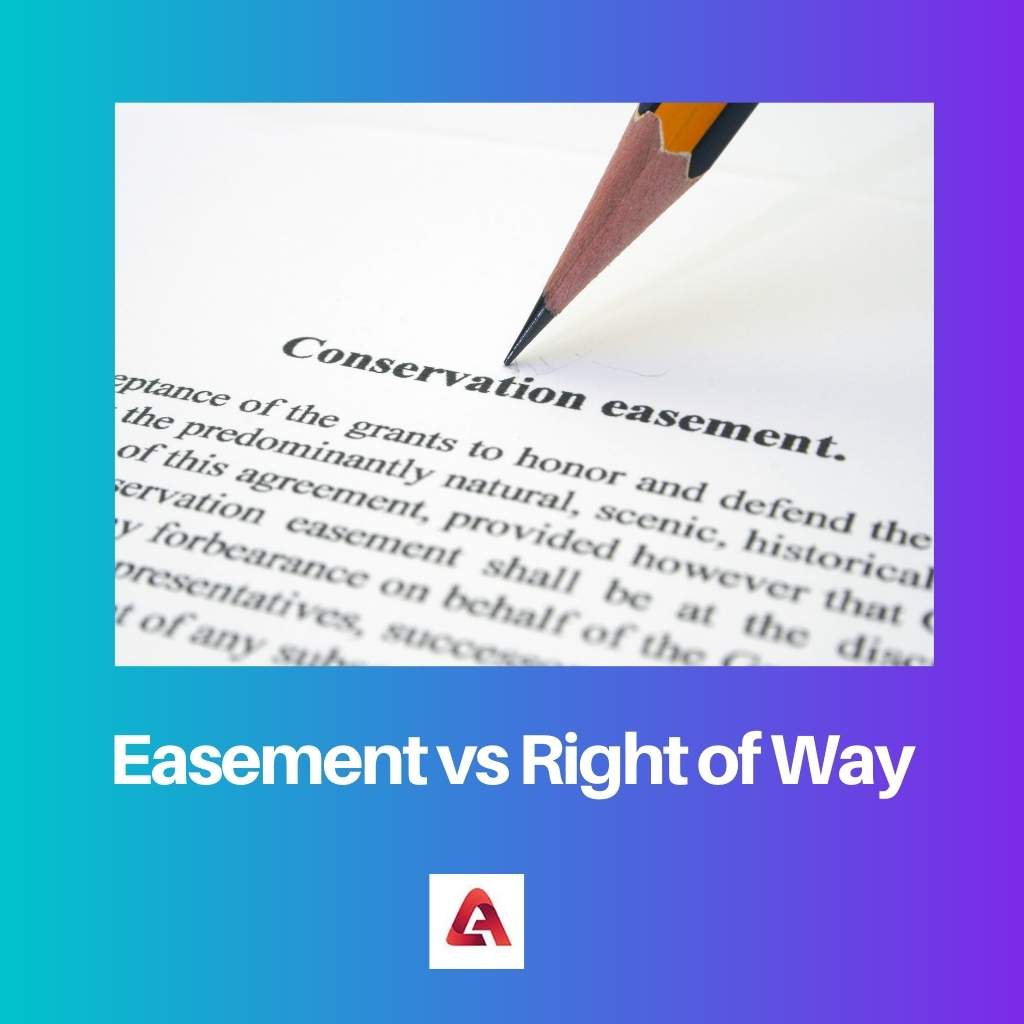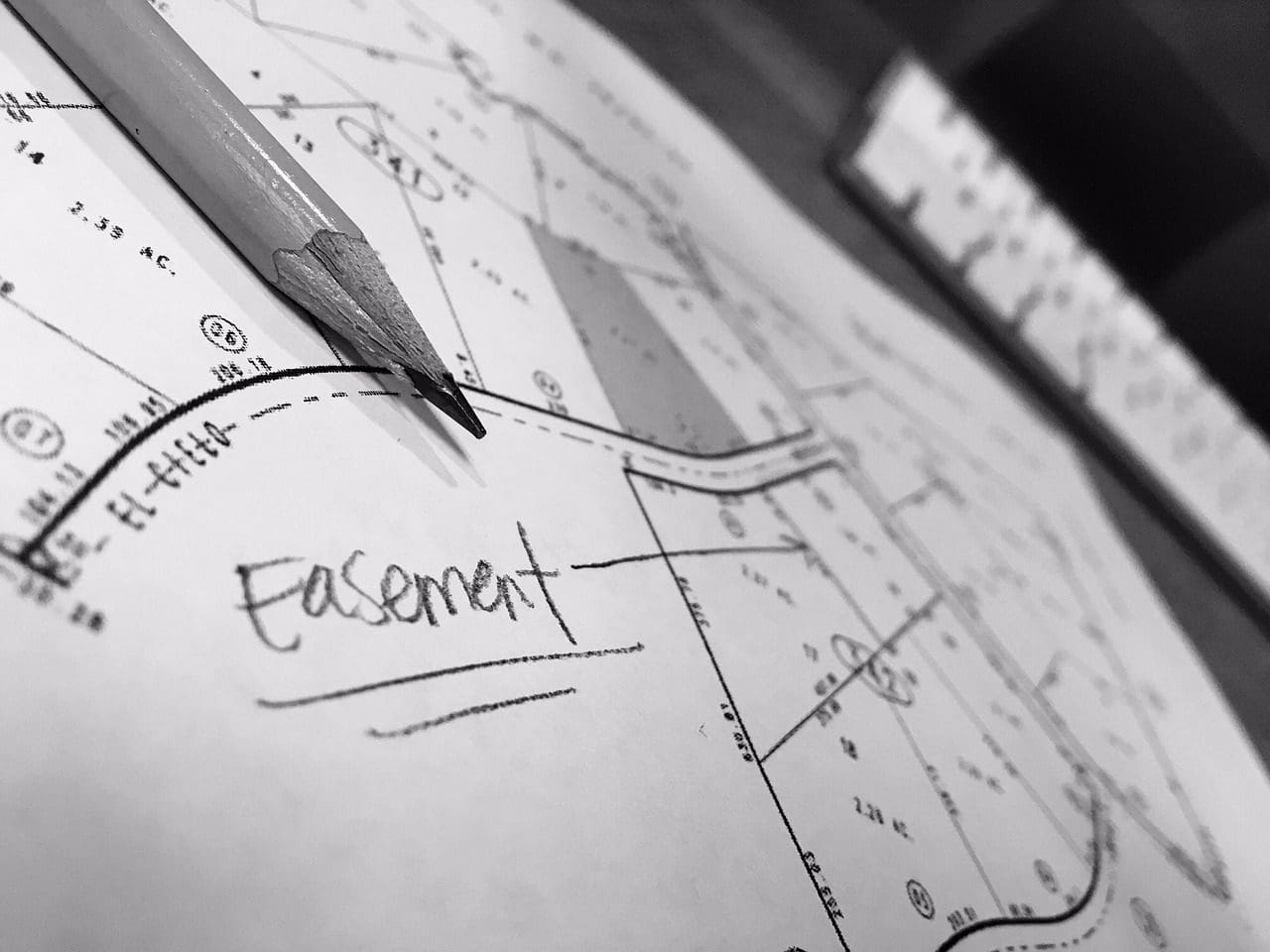
There are several rights to property that determines the ownership and usage of property or economic goods. They are important so that no person can illegally have rights over property that does not belong to him.
These can be intangible (that cannot be seen with eyes or touched) or tangible (can be seen and touched) properties.
In the absence of these rights, anyone can use property that does not belong to them. Among these rights, there are few that especially belong to private properties; they are easement and right of way.
Both of them are right to property and are related. This sometimes leads to confusion between both.
The difference between Easement and Right of Way is that easement is a broader concept that covers more parts and areas of the private property than the right of way, which just covers a single or mainly path-blocking area of the property as it is just a part of the easement. An easement can be used for covering the drainage or underground parts of the property, whereas the right of way cannot be used for the purpose, as it belongs to the affirmative type under which, for a specific purpose, only the private property of a third party can be used.

Under easement rights, a person is given the right to use the private property of a third party. A fess is charged in return for the use of the property or for getting the easement right.
Public utilities also buy these easements rights for several purposes, for example, for atm machines, for lighting for telephone booths installing, etc.
Right of way is an easement right under which a person buys the right of private property for the passageway process. In this right, it cannot be bought for any other purpose but only if the property is coming in between a passageway, for example, a road.
Also Read: Collaborative Learning vs Cooperative Learning: Difference and ComparisonThe right won’t be valid if the property is used for some other purpose.
| Parameters of Comparison | Easement | Right of Way |
|---|---|---|
| Permits | Use of someone else’s property | Use parts of someone else’s property for the passageway. |
| Relation | It is the main subject | It is a part of the easement |
| Scope | Broader | Specific |
| Types | It can be of two type | Is only one type |
| Part covered | Different parts | Specific parts serving as pathways |
An easement is a right where a third party can have a right to some part of the private property, but that does not give the whole right over the property. It still remains with the owner. The parts can be movable or immovable or both, and they can be issued by a public entity or private individual.
How does it work?
An agreement is made between the owner and third party for acquiring the ownership of parts of a property for some purpose in exchange for a fee.
In this agreement, it is important to mention the purpose and parts of the property that are used along with the fees charged so that in case of any violation, the agreement can immediately be terminated.
There are types of easement rights that can be given on the basis of the purpose of use. They are:

Under this, the easement right is issued for the purpose of passageway only. Under the right-of-way easement, no other part except the passing property is used.
For example, you cannot get a right-to-way easement for using the private property of a third party for a piping system or for personal use as in the personal easement.
An agreement is drafted between the parties for getting the right to way, and it is important to take the following points while drafting such an agreement:
Except for all the above, there are a few other points, such as change and compensation, that should be considered; otherwise, the agreement is void.


I’ve put so much effort writing this blog post to provide value to you. It’ll be very helpful for me, if you consider sharing it on social media or with your friends/family. SHARING IS ♥️